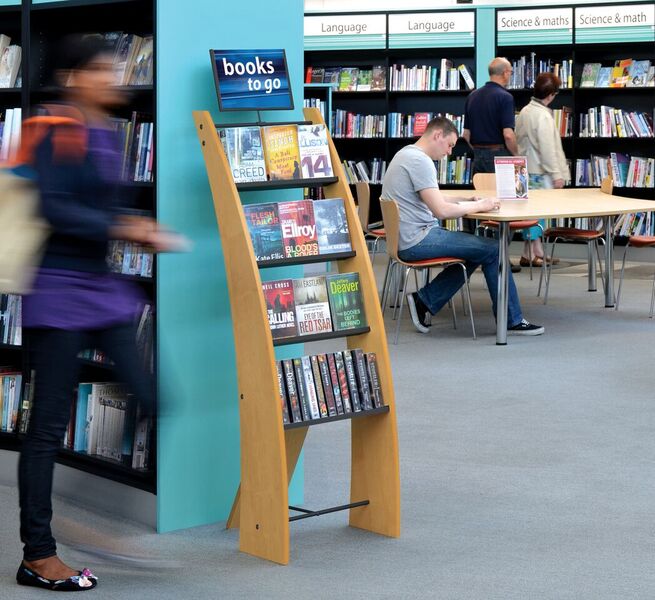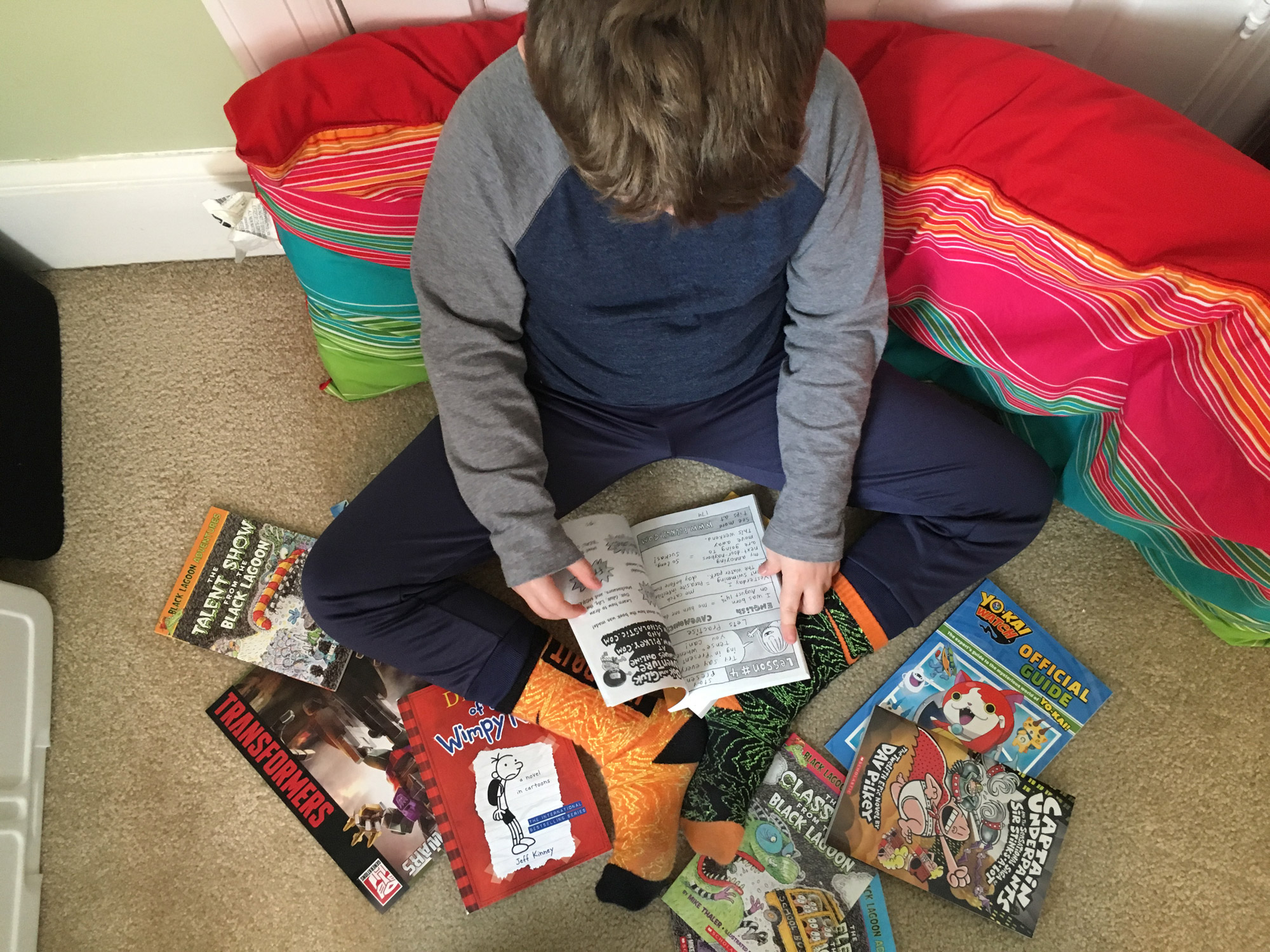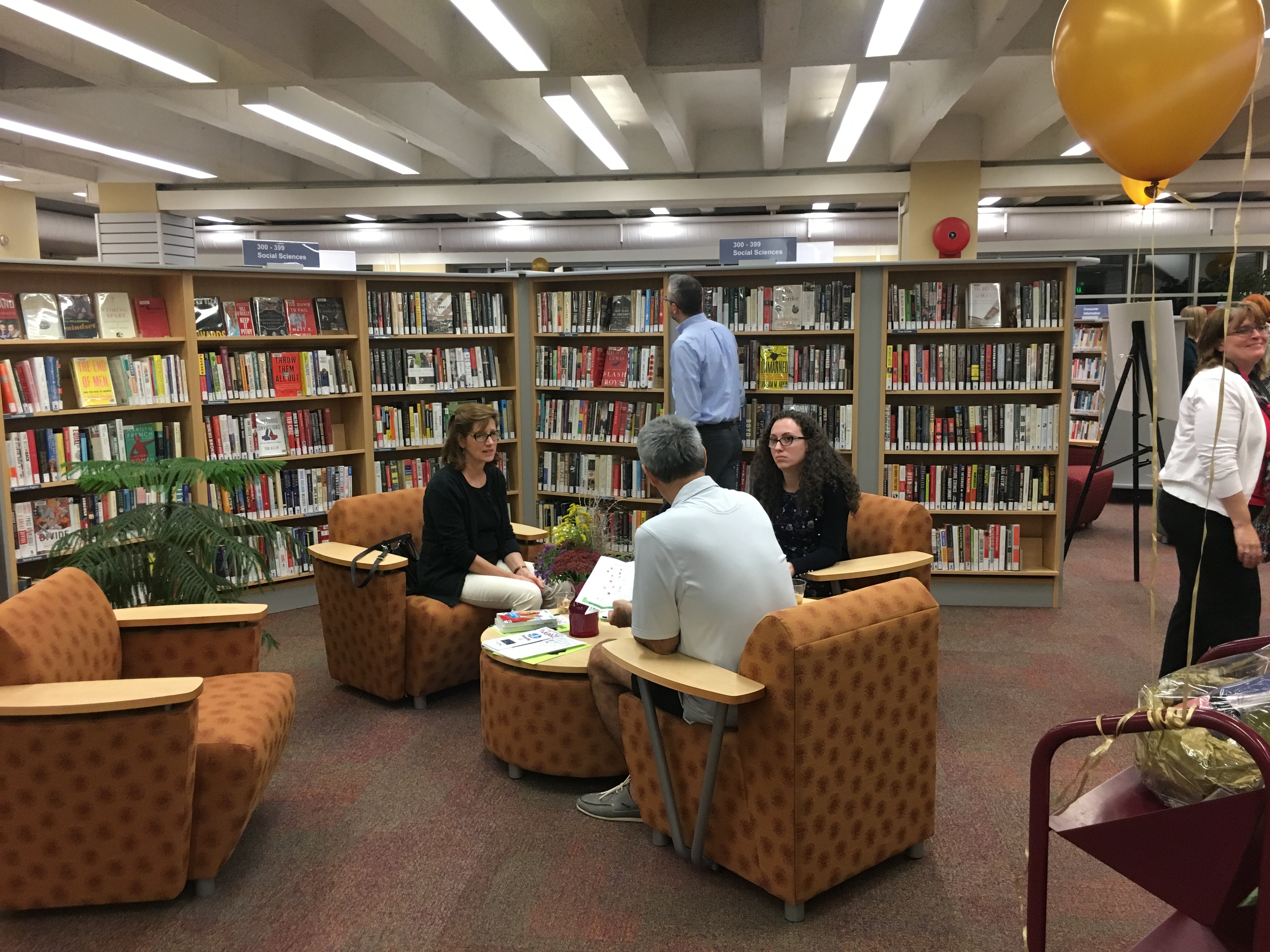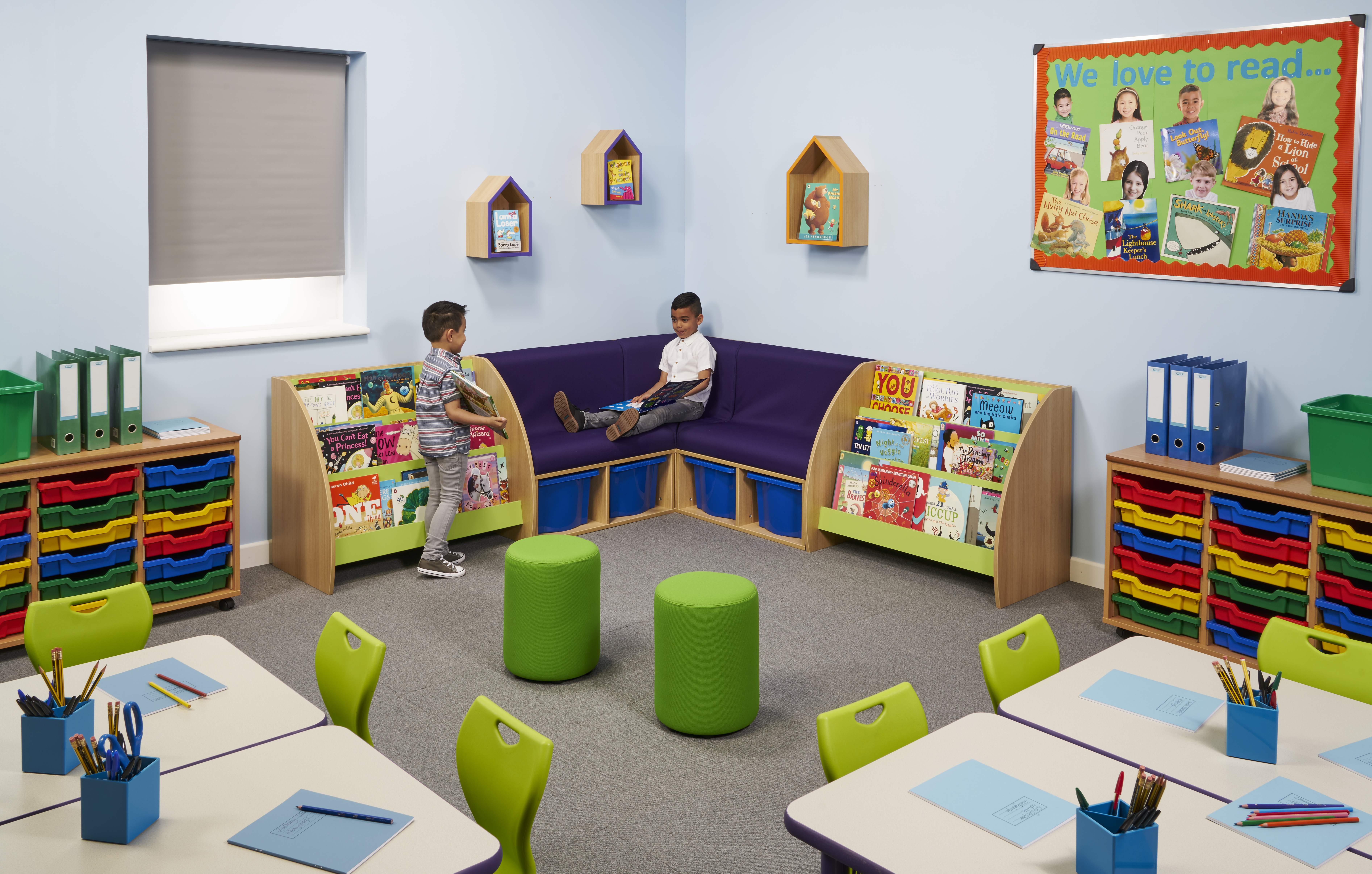5 Top Tips to Get Children to Read for Enjoyment
At Opening the Book we know that it is a challenge to encourage children to read for enjoyment. There is so much to fit into the school day and there are so many competing demands on children’s leisure time that it begs the question; how do you get a child to make space for reading?
Opening the Book has been promoting reading for over 20 years and during that time we have accumulated many ideas which we are always happy to share with teachers, librarians and parents. Here we’ve put together our top 5 ideas for presenting reading as a fun, positive and enjoyable experience.
1. Share your reading experiences
As a teacher you’ll be aware that you’re a key role model for your children; if we want to inspire children to read, it’s important to show them that you are a reader too. Children love to hear about what you liked and disliked as a child, so why not tell them about your favorite books? Instead of just talking it, inject some fun and turn it into a game. You’re more likely to get students involved and you’re sending a very strong message that books and reading are fun.
Create a display of book jackets and ask pupils to guess which teacher said which book was their favorite when they were young. It’s a great way of getting the dialogue going and if some of the children have read the book in question it can open up a reader-to-reader conversation between teacher and student.
2. Get children talking about books
There’s no better way of getting the word out about reading than children talking to each other, spreading the news and creating a buzz. We all know that children are influenced by their peers and if a group of children are excited by something and they talk about it, then others will want to try it too.
‘Me to You’ Frames
How can we capture this energy in schools and get children talking to one another about books and reading? Have you ever seen the way that bookstores get readers talking about books? They’ll often place a short reader review alongside the book. A simple yet effective way of sharing your passion.
‘Pass it on’
Conversations about reading don’t always have to take place face-to-face or with spoken words. Virtual conversations can be a fun way to kick-start conversations in a more natural and reader-centered way. This free Pass it on! Bookmark download can work as a powerful tool to get children excited and communicating about their reading choices.
Print off enough Pass it on! bookmarks for everyone in the group. This activity can be done anonymously too – which can be quite liberating for young readers. As the instructor, you can add more books to the selection so that there is plenty of choice and maybe some surprises.
Ask the children to select a book they really enjoyed (you may need to give them some warning that the book swap will take place so that they can decide which book to submit). Ask them to tick any boxes in the ‘Me’ section which says something about their experience reading the book. Place the book in a reading book swap display. The next child can choose their next selection based on the first reader’s feedback. When the next reader has read the book, they can fill in the ‘You’ section on the book mark to see how their experience compared and how likely they are to pass it on again – give a score out of 10.
3. Present books positively
Take a look around your schools and see how your books are physically presented to children. Are they displayed face-out in a way that allows children to see, touch and take or are they stored spine-out in old fashioned bookcases making it hard for children to see the front covers?
At Opening the Book we have studied how reading is physically presented. What tempts a child to pick up a book? What encourages a child to use the library independently? We have found that if books are displayed spine-out, children tend to reach for the titles and authors they are already familiar with. If you display the covers face-out instead, then children will be tempted to try something new. We have developed a whole range of furniture which is designed just to show-off the front covers.
You’ll also find that many of our units have an element of play built into them to signal that reading can be fun. Here’s a selection of our favorite ideas.


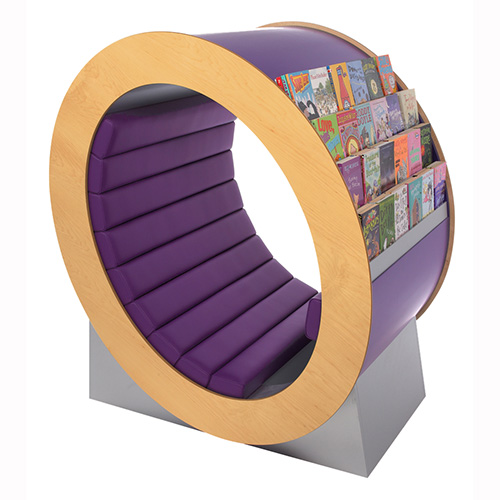
4. Make book choice manageable
Teachers often ask our advice on what is the right number of books to keep in their classrooms and library. There is no hard and fast rule – it’s about striking the right balance between having a wide enough range so there’s something for everyone whilst not having so many books that the choice becomes overwhelming.
We believe the key to getting the balance right is to make sure that you’ve got the basics covered. Ensure that you have books to cover all reading abilities from challenging reads for your more able readers through to easier texts for those children who find reading more difficult. Mix fiction and non-fiction as some children find factual books more appealing. Don’t just chose the books that children will recognise, encourage children to try something different by highlighting new and less well-known authors.
As well as adding new titles, make sure you edit your collection by getting rid of the old, battered and out of date books. It’s a common misconception that the more books you have, the better your reading corner will be. There’s lots of evidence that proves it’s better to have a concise selection of good books well displayed than hundreds of books crammed spine-out into a bookcase. When you’re agonising about parting with some of your older books remember less is often more and you’re helping children to become independent readers by providing a manageable choice.
If you need some help keeping your book knowledge up-to-date and a bit of guidance about the best books to choose, here are some of the best online resources.
- https://www.goodreads.com/list/tag/childrens
- http://www.readingrockets.org/books/booksbytheme
- http://www.slj.com/category/books-media/
5. Introduce children to new books and authors
Children often re-read time and time again the authors and titles which they know well. If children take comfort from reading familiar books and they continue to get something out of the experience, then re-reading books should not be discouraged. However if children’s reading is to progress and if they are going to develop a lifelong love of reading we need to find opportunities to open up their reading choices. Here are a couple of our most popular resources which do just that..
Go Find a Book
‘Go Find a Book’ is a card game which encourages children to explore all parts of the library and/or reading corner. It encourages them to think differently about the books they choose and asks them to find books for different age-groups, audiences and interests. It can be downloaded free here.
http://www.openingthebook.com/us/free-reading-games/
Lucky Dip
This is an easy and fun activity where everyone in the class gets a chance to participate. You can control the books you choose to include in the ‘dip’ so that children see a wide range of titles. The surprise element keeps the activity light and exciting for the children taking part. There is also an opportunity to extend this activity into a more personal thoughtful choosing experience should you wish.
To begin, gather together a range of books - enough for one per each child in your class plus a few extras – and attach a number to each one. Raffle tickets work well here as there are two tickets per number. Include audio books, magazines and ebooks as well as print books if you can.
Choose books which are:
- appropriate for the age group and reading levels of the class
- new and in great condition
- unfamiliar to the class – aim for less well-known authors
- a mixture of poetry, jokes, fiction, narrative non-fiction, graphic novels – leave out traditional information books/encyclopaedias/how-to-do manuals
- quirky and unusual books – this can be any format or genre
Avoid:
- popular authors and well-known titles
- TV tie-in stories and characters
- books with a strong genre or gender identity
Fold up the tickets with numbers to match the ones on the books. Put these in a tub or grab bag. Invite each child to come up and ‘dip’ for a ticket. When the number on the ticket is revealed, the child will receive the matching book.
When everyone in the group has a ticket and the corresponding book, ask the class to sit and explore their ‘choice’ for five minutes.
At the end of this time, ask all the children who want to keep their choice to sit in one area – to start reading. You may want to ask a colleague to sit and read with them, to encourage and supervise. If so, make sure the colleague takes a Lucky dip read too as the children will be interested in what they have been given.
Then invite those children who would like to swap their choice, to sit in another part of the room. If the swapping group is large you may want to divide these children into smaller groups. Ask the children to share their Lucky dip book with others in their group and arrange to swap where possible. Once a child has made a swap and has a book they would like to read – send them to join the other group.
If there is a group of children who still haven’t found a book they would like to try, offer them a final dip with some extra books.
Don’t Forget To Shake Things Up
Convincing some children that reading is pleasurable can be challenging. Incorporating book discovery games and exciting displays are two great ways to get reluctant readers excited about reading. Our best advice…Keep shaking things up!
I hope you have found our top tips useful. Your comments and suggestions are always welcome. Submit to: jolie@openingthebook.com
 Canada
Canada United States
United States United Kingdom
United Kingdom





